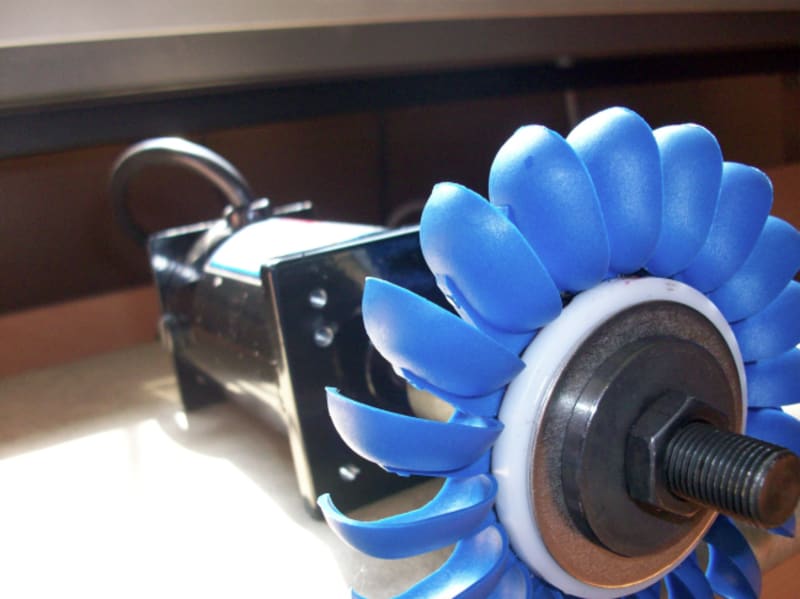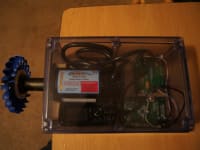The problem that exists today that prompted the idea for this device is that there is a declining availability of fossil fuels and other “non-clean” energy sources. Scientists and engineers around the world have developed means of harvesting “clean energy.” Clean energy could be defined as energy that is produced in a way that is both not harmful to the environment and is sourced from something other than the fossil fuels which are of a finite supply that could someday be gone. Clean energy could include using elements such as wind, rivers, and the sun. The other source of energy that has been unexplored but now tested is rain, or falling water.
Before this device was designed, there was a gap in scientific literature about harnessing renewable or clean energy through the use of falling rain. This possibility was explored through developing a home-based, small-scale hydropower system. Once constructed and tested, it was found that this system could store renewable energy and then use it for alternative purposes; specifically for charging a cell phone. The conclusions are only supported by this report alone, since there are no prior studies on the subject with which to compare the results.
The results show that the design for this project successfully harvested a new type of clean energy. This design successfully charged a cell phone – a common function in today’s world. It demonstrates that this design could be easily integrated into people’s lives as a way for them to both contribute to helping the environment and to save money. This is opposed to the more current large-scale industrial energy harnessing or renewable energy projects. Many people would prefer to use a cleaner energy source but it is not within their financial means or power to do so. The results of this design and experimentation also imply that this could be a product that could save the common home owner money. It could successfully use the renewable or clean energy to reduce their use of the electrical grid and thus their power bill. What comes in to question is how efficient and useful this design really is. How much money could the home owner save by using this design? How long would it take to recoup the initial investment?
The most significant question that still remains is whether this design could be a consumer product that would decrease the population’s reliance on fossil fuels and the power grid. Though it’s doubtful that this design alone could move the population’s interest in renewable energy, hopefully it will increase awareness of the situation and instigate further product development.
Like this entry?
-
About the Entrant
- Name:Cory Raszeja
- Type of entry:individual
- Software used for this entry:PADS software
- Patent status:pending








